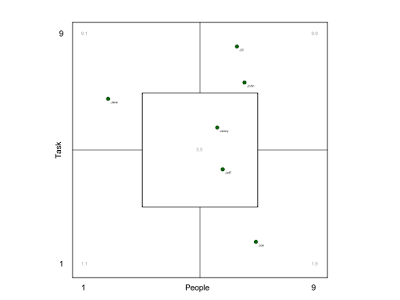It's KDE's birthday today. Twenty-five years ago Matthias Ettrich called for programmers to create a GUI for end users of Linux. They came and did. I wrote about the first Twenty Years of KDE five years ago. What I wrote there is still true, but there is more.
 |
| The table where KDE was founded |
KDE started with tremendous ambition and momentum. Creating this unified graphical user interface, this integrated desktop for Linux, this vision drove hundreds and hundreds of amazing people to put together a massive amount of code, the desktop and tons of applications to cover all needs. And they succeeded, KDE's desktop represents the state of the art for many years now, on par with the best alternatives out there.
Over the years, with a growing community, the focus shifted. KDE was not only about this integrated desktop anymore, it turned into an umbrella for dedicated sub-communities working on specific parts and applications. The community got bigger and more diverse and created applications such as Kontact, Kate, Okular, Krita, GCompris or Kdenlive. All of them are at the top of their category.
 |
| KDE Plasma 5.22 |
I use KDE software for more than two decades now. I read my mail with KMail, I operate my shell with Konsole, I edit my texts with Kate, I manage my desktop with Plasma. It's special for software to stand this test of time. KDE's software is stable, it's durable, it's reliable, it's carefully adapted to deal with changes in its environment, so that it stays fresh and familiar at the same time. Some may remember the heat we got for breaking things with KDE 4.0. That was thirteen years ago. It has been much smoother sailing since then. So maybe this is what I learned to appreciate the most over the last years: KDE creates sustainable software.
The same is true for the community. The community always was KDE's finest features for me and, as I know, for many others as well. I met many very good friends there, and it's still great to also meet new people. People join, people leave, people stay around. It's a very healthy mix. KDE creates sustainable community.
There is a very strong feeling which keeps this together, the feeling of doing meaningful things together. It's an experience which is tremendously strong in KDE, but also in many other Free Software projects. Being free and empowered to do these changes you want to see in the software you use. Having people around you who support you, praise and criticise your work, and work with you on a shared purpose. This can be an incredibly strong source of motivation and satisfaction and happiness. It definitely has been for me.
Thanks, KDE, for a wonderful twenty-five years, and all the best for many more to come.




